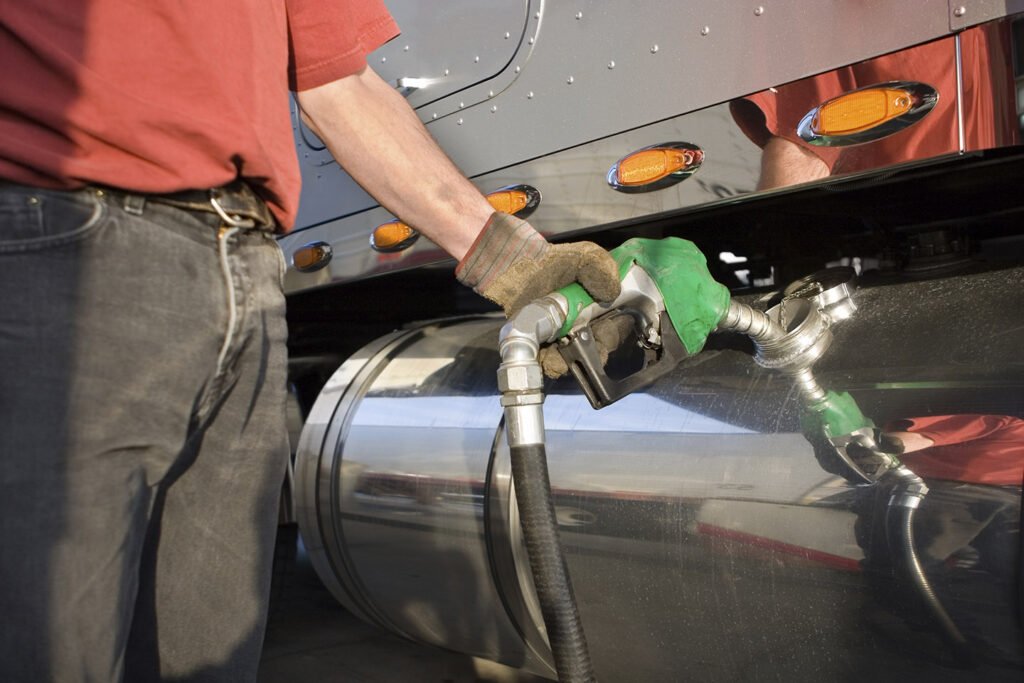
If you’ve ever noticed that not all diesel fuel looks the same, you’re not imagining things. Diesel can appear in different colours—most commonly clear (or greenish-yellow), red, et blue—and each serves a distinct purpose. The colour isn’t just cosmetic; it often indicates the intended use, tax status, et regulatory category of the fuel.
Here’s what each diesel colour means and why it matters.
1. Clear Diesel (Sometimes Green-Yellow) – On-Road Use

Primary use: Vehicles on public roads
Why it’s this colour: Clear diesel is un-dyed, though it may appear slightly yellow or green due to additives like lubricity agents and stabilisers.
Clear diesel, also known as “road diesel” or “ULSD” (Ultra-Low Sulphur Diesel), is the only type legal for on-road vehicles in most countries. It’s fully taxed and complies with stringent emissions standards. If you’re filling up at a standard fuel station for your car, van, or lorry, this is what you’re getting.
2. Red Diesel – Off-Road and Tax-Reduced Use

Primary use: Farm machinery, construction equipment, generators, and other off-road applications
Why it’s this colour: It’s dyed red to distinguish it from taxed fuel
Red diesel is chemically identical to clear diesel in performance, but it’s dyed red with a substance like Solvent Red 26 or Red 164. This makes it easily identifiable during inspections. Red diesel is typically tax-reduced because it’s used in vehicles and equipment that don’t operate on public roads. However, using red diesel illegally in road vehicles is a criminal offence in many jurisdictions, with steep fines if caught.
3. Blue Diesel – Heating Oil and Special Use

Primary use: Heating oil, sometimes marine or industrial use
Why it’s this colour: Dyed blue for easy identification and to prevent misuse
Blue diesel, more common in places like the UK under the name “Gas Oil” or “Marked Diesel”, is dyed blue to indicate its restricted use—often for heating or in certain marine and agricultural contexts. Like red diesel, it carries a lower tax burden and is also illegal for road use.
Why the Colour Coding Matters
The dyeing system isn’t about performance or quality—it’s a regulatory measure. By adding dyes to specific types of diesel, governments can:
- Identify misuse of subsidised fuel
- Track consumption and tax evasion
- Simplify fuel handling for different industries
The dye itself doesn’t harm engines or change how the fuel burns. However, using the wrong colour fuel in the wrong application—especially in road vehicles—can result in fines, seizure of equipment, ou legal prosecution.
Conclusion
In summary, the right colour of diesel depends entirely on what you’re using it for:
- Clear (yellow/green tint) – for all on-road vehicles
- Red – for off-road, agricultural, and construction use
- Blue – for heating oil and special applications
When in doubt, always choose the correct type for your needs. Cutting corners with cheaper dyed diesel on-road might seem tempting, but the risk far outweighs the reward.





